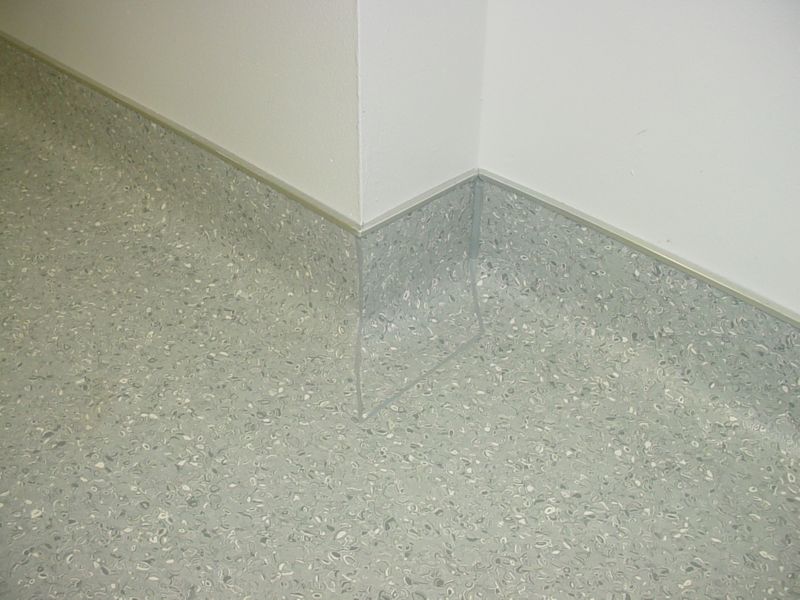What can sour the end of a construction project? More than surprise change orders, it’s the punch list that never seems to end. And your contract may be the culprit.
A punch list review signals the Substantial Completion of your construction project and is a critical part of the close-out process. The Contractor may issue a letter to the Architect requesting a punch list and issuance of an AIA Certificate of Substantial Completion.
The design team typically conducts a site inspection following general construction but before the site is turned over to the end user. The team reviews the construction quality with a critical eye toward defects in craftsmanship. Defects are documented, so the Contractor corrects them before they leave the site for another job.
Various members of your design team might perform the walkthroughs. For instance,
-
- The Architect reviews general construction and finishes;
- the MEP Engineer reviews Mechanical, Electrical, & Plumbing issues (hence the term MEP);
- the Technology Consultant might review audio-visual and IT,
- Your commissioning agent will check conformance with building performance.
The reviewers should document the defect with pictures, the location of the issue, details of the problem, and instructions for a cure. Then, the GC ensures the appropriate sub-contractor addresses the issue. The Contractor may also attach their initial punch list of known incomplete items. After the issues are corrected, the Architect will provide a certification affirming the punch list is completed to the satisfaction of the Architect and you.
Click to view a sample punch list tracking from a construction software application:
Punch List Task Report
Click to view a sample punch list tracking using an Excel spreadsheet:
Punch List Issue Tracking Flat
Punch list defects and imperfections can be subjective, so you, as the end-user, should accompany the design professionals on their walkthroughs. The design professional may accept something as expected, but it may bother you. So it’s best to question it then.
It is an excellent practice to maintain your own punch list with the team and schedule weekly meetings to review the status of the punch list repairs to ensure they are corrected to your satisfaction.
Depending on your Contract’s terms, the design team may not make return visits to inspect the repairs. Instead, they’ll rely on the Contractor to report the problem was corrected. You should ensure the design team is required to follow up the punch list to completion.
The “Final Completion” is the date the Contractor has completed all the Work, including punch list items, all releases of mechanics liens are received, and acceptance by the authority having jurisdiction (AHJ) has been issued. The Architect and Owner may review a Certificate of Final Completion (CFC) and sign off if they agree all punch list items established per the Certificate of Substantial Completion are complete.
Avoiding The Never Ending Punch List
But what happens after you move in and defects are found not previously documented in the official punch list? These findings often become a point of contention for both the Contractor and end-user because issues missed in the initial punch list can be subject to dispute by the Contractor claiming the item in question was in good working order before occupancy.
Contractors may designate these issues as a post-punch list warranty issue and burden the end-user to arrange for the appropriate sub-contractor to address the defective Work.
Ensure your GC contract includes a written warranty period to protect yourself. For example, suppose within months after the date of Final Completion of the Work, issues may appear after the initial punch list that does not comply with the requirements of the Construction Documents. In that case, the Contractor must correct it promptly after receipt of the written notice. Warranties generally commence from the date of Final Completion of the punch list items. Additionally, the repaired or replaced Work should carry a similar warranty for a reasonable period.
Your contract documents should state the Contractor will require all their Subcontractors and material and equipment suppliers employed by them to provide the required warranties for their portion of the Work for the Warranty Period. Further, the Contractor should make good that all defects in the Work or equipment and all damage caused by such defects will be remedied.
Here are a few tips to consider:
-
- Negotiate a Warranty Bond, Retention Bond and/or Maintenance Guarantee during the warranty period.
- A Final Completion Certificate will confirm all material and equipment furnished are new and that all Work is of first-class quality, free from faults and defects, and conforms with the Contract Documents.
- All non-conforming Work, including improper and authorized substitutions, shall be considered defective.
- The Contractor shall bear all costs of correcting rejected Work.
- The Contractor should warrant they will make good at its own cost and expense all defects in the Work or equipment and all damage caused by such defects or by the Work or equipment required to remedy such deficiencies.
These are guidelines to assist you with managing your punch list issues. Your legal counsel should negotiate all contract documents for your specific project.
Discover more from Helping NYC & Long Island Commercial Tenants, Owners, and Developers
Subscribe to get the latest posts sent to your email.





